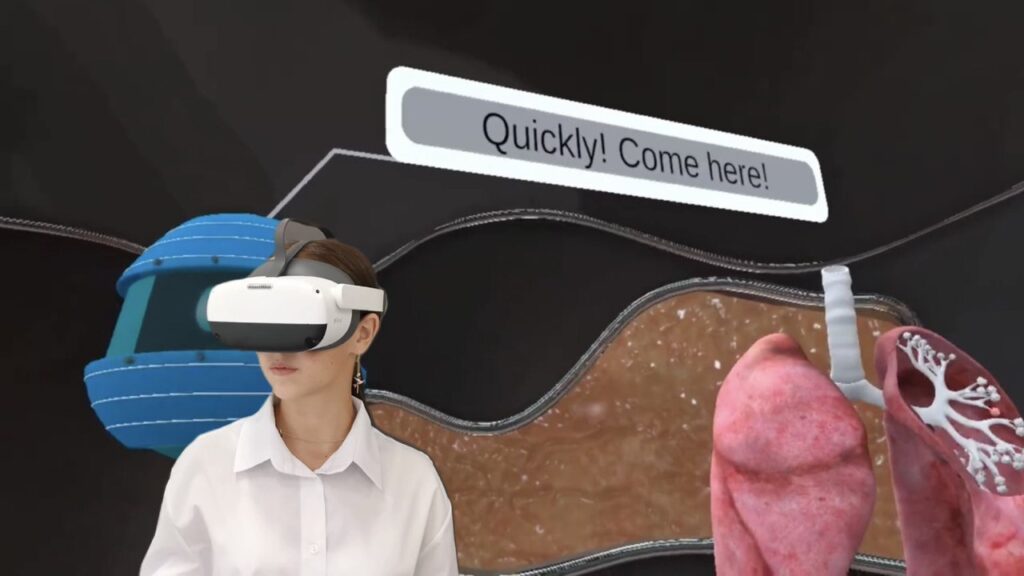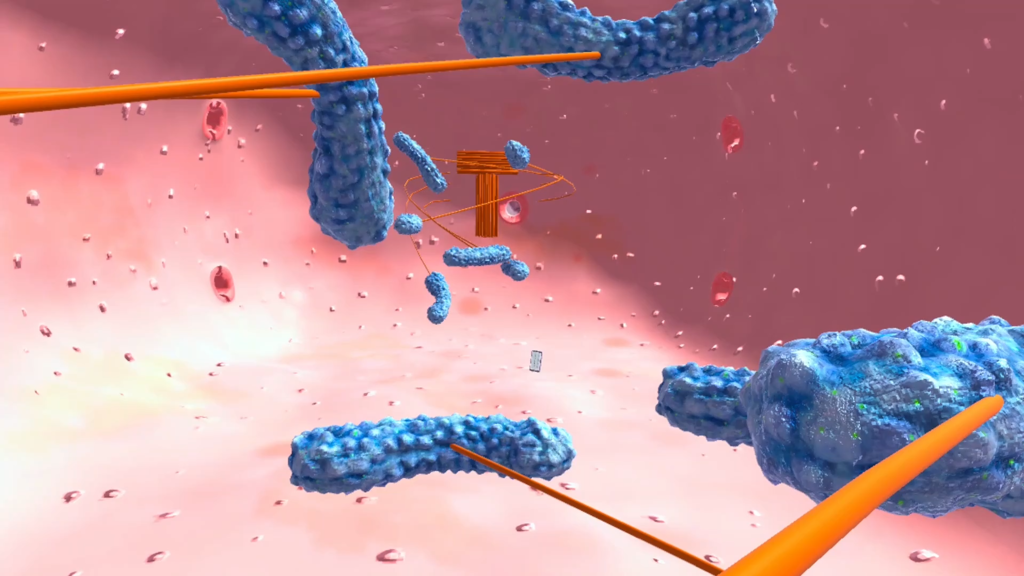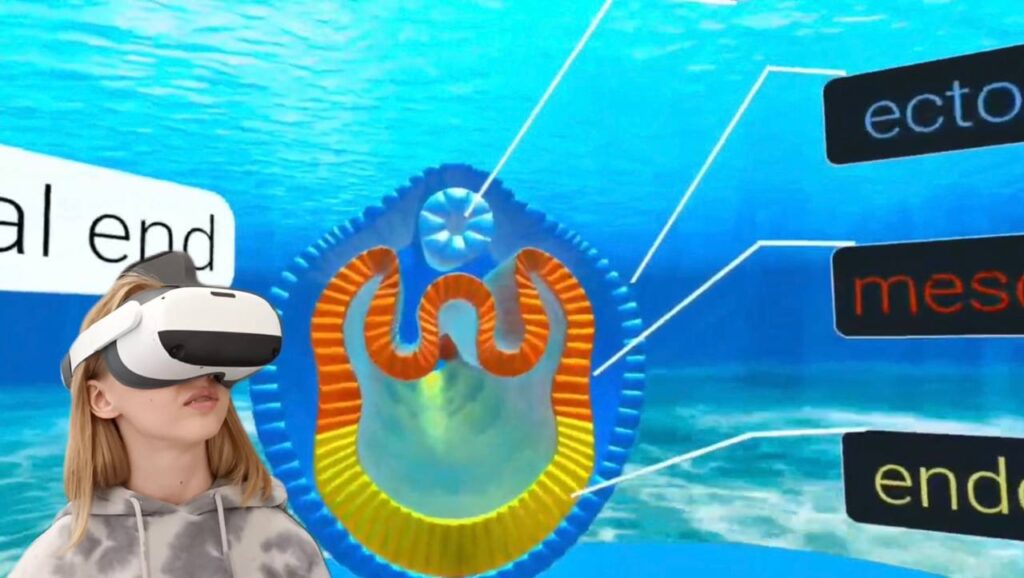

The year 2020 changed everything. Almost overnight, remote work and learning became the new norm, reshaping how we interact, collaborate, and educate. While we’ve adapted to this digital shift, challenges remain—especially in STEM education, where hands-on experience is crucial. Traditional remote learning often lacks the interactive, practical components that keep students engaged in Science, Technology, Engineering, and Mathematics.
One significant drawback of remote learning in STEM fields is the difficulty in providing hands-on experiences. This limitation can be detrimental to maintaining student interest and enthusiasm. Studies have shown a decline in interest in STEM subjects as students progress from early school years to higher grades. The reasons are twofold:
We discussed these findings in detail in our recent article on Why Interest in STEM Declines and How VR Revives It.

Virtual reality in education offers a powerful solution to bridge the gap in remote STEM learning. By providing immersive, interactive experiences, VR learning brings abstract concepts to life. Students can conduct experiments in a virtual reality classroom, explore complex structures in VR biology, manipulate forces in VR physics, and conduct chemical reactions in VR chemistry—all from the comfort of their homes.

While the value of incorporating VR into remote learning is clear, it’s crucial to ensure that the educational applications align with your curriculum standards. Random VR experiences may entertain, but for effective learning, the content must meet educational objectives.
At XReady Lab, we specialize in creating customized VR simulations tailored to various curricula, including IB, Cambridge curriculum, CBSE, and more. Our VR educational content is available in over 70 languages, ensuring accessibility for students worldwide.

Safety is a common concern when introducing new technology into education. Rest assured, virtual reality safety is a priority. Modern VR headsets come with guidelines to ensure healthy usage, and the controlled nature of VR environments means students can explore without physical risks.
Integrating VR into remote learning involves using VR headsets compatible with educational software. Students can join VR classrooms, participate in virtual labs, and collaborate with peers, all within a simulated environment that mimics real-life scenarios.
If you’re interested in enhancing your remote learning program with VR technology, we invite you to experience it firsthand.
👉 Request a Free Demo from XReady Lab Today!
Discover how our VR simulations can transform your approach to STEM education, keeping students engaged and improving learning outcomes.
The shift to remote learning doesn’t have to mean a compromise in educational quality, especially in STEM subjects that thrive on interaction and experimentation. By embracing virtual reality in education, we can provide students with the hands-on experiences they need to stay interested and succeed.
Investing in a VR headset is more than just a purchase—it’s an investment in the future of education. With devices starting at an accessible price point and offering a wealth of educational experiences, the value far exceeds the cost.
Transform your remote STEM learning today with virtual reality. The future of education is here—don’t let your students miss out.
Frequently Asked
We prodive VR biology, VR physics, and VR chemistry simulations. Please, check our catalog.
Please, fill the form to get demo labs for free.
Please contact our customer support service at support@xreadylab.com or book a call with the team to find out the conditions and book the VR class set up at your school.
Subscription to XReady Lab interactive VR labs. If you are a school, then you are also given access to the VR classroom system. VR class system helps you easily launch VR lessons for a large number of students, follow the experience of each student, as well as customise the content without developers.
We adhere to the world’s generally accepted recommendations and research. Our products are suitable for children from 12 years old.